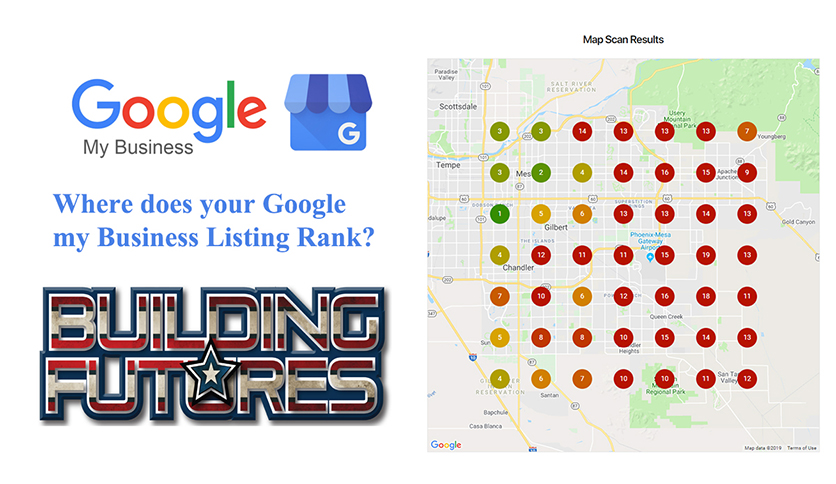5 Bad Ads Examples
The world of advertising is filled with examples of ads that miss the mark, often due to a combination of poor strategy, execution, and understanding of the target audience. Here are five notable examples of bad ads that have garnered significant attention for their missteps:
1. Pepsi’s “Live for Now” Campaign with Kendall Jenner (2017)
Pepsi’s attempt to capitalize on the social justice movement backfired spectacularly. The ad featured Kendall Jenner participating in a photoshoot before joining a protest and offering a police officer a can of Pepsi, which seemed to resolve the tension. The ad was widely criticized for trivializing significant social issues, such as Black Lives Matter and police brutality, by suggesting that a can of soda could peacefully resolve confrontations between law enforcement and protesters. The backlash was swift, with many accusing Pepsi of co-opting serious social movements for commercial gain.
2. Dove’s Racist Ad (2017)
Dove, known for its Real Beauty campaign, faced intense criticism for an ad that depicted a black woman removing her t-shirt to reveal a white woman underneath. The ad was seen as perpetuating racist stereotypes that black skin is dirty and needs to be cleaned or transformed into white skin. Dove apologized for the ad, stating it missed the mark in representing diversity and inclusivity. This incident highlighted the importance of sensitivity and understanding in advertising, especially when dealing with issues of race and identity.
3. Nivea’s “White Is Purity” Campaign (2017)
In another example of tone-deaf advertising, Nivea ran an ad in the Middle East with the slogan “White is purity” for a deodorant product. The ad was widely condemned for promoting racist ideals and was quickly pulled. The campaign’s message was seen as not only offensive but also as a form of colorism, reinforcing harmful beauty standards that prioritize lighter skin tones. This incident underscored the need for global brands to be aware of the potential impact of their messaging in different cultural contexts.
4. Sour Patch Kids’ “Real Kids” Campaign (2018)
Sour Patch Kids launched an ad campaign that featured real kids acting out in bad behavior, with the tagline suggesting that the candies could tame these brats. The campaign was criticized for promoting negative stereotypes about children and for its potential to encourage bad behavior. The backlash led to a reevaluation of the campaign’s approach, highlighting the importance of responsible messaging, especially when targeting or featuring children in advertising.
5. H&M’s Racist Hoodie Ad (2018)
H&M faced global outrage over an advertisement featuring a black child modeling a hoodie with the slogan “Coolest Monkey in the Jungle.” The ad was criticized for its racist undertones, with many pointing out the long history of dehumanizing black people by comparing them to monkeys. The backlash led to widespread protests, calls for boycotts, and the eventual removal of the ad. H&M apologized, admitting that they had not been sensitive enough to the potential implications of the image.
Each of these examples illustrates a critical failure in advertising—whether it be a lack of understanding of the target audience, insensitivity to social issues, or outright racism. These mistakes not only harm the brands involved but also contribute to broader societal issues, making it imperative for advertisers to approach their work with sensitivity, respect, and a deep understanding of the potential impact of their messages.
What are some common pitfalls that advertisers should avoid?
+Advertisers should avoid being insensitive to social issues, perpetuating stereotypes, and using messaging that could be construed as racist or offensive. Understanding the target audience and the broader social context of the ad is crucial.
How can brands recover from backlash over a controversial ad?
+Recovery involves acknowledging the mistake, apologizing sincerely, and taking concrete actions to prevent similar incidents in the future. This might include diversifying the team, implementing sensitivity training, and revising the advertising strategy to better align with the brand's values and the audience's sensitivities.
What role does cultural context play in advertising?
+Cultural context is crucial in advertising. What might be acceptable or effective in one culture could be offensive or ineffective in another. Brands must be aware of these nuances and ensure their messaging is respectful and relevant to the target audience's cultural background.
In conclusion, the world of advertising is fraught with challenges, and the line between a successful campaign and a controversial one can be thin. By understanding these pitfalls and approaching advertising with sensitivity and a deep respect for the audience, brands can navigate these challenges more effectively and create campaigns that resonate positively with their target markets.
